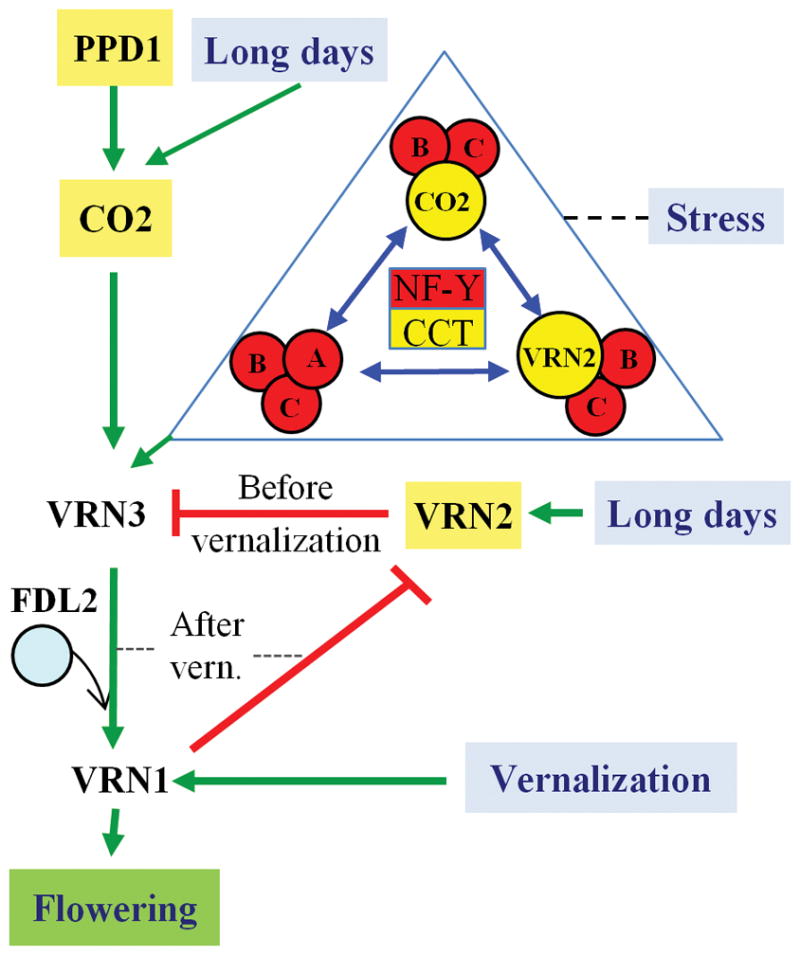Fig. 6. Combinatorial model of flowering.

VRN3 integrates signals from the photoperiod (through CO2) and vernalization (through VRN2) pathways. Vernalization induces VRN1 transcription which is associated with the transcriptional repression of VRN2. VRN2 and CO2 compete with each other and with NF-YA subunits for interactions with NF-YB1, NF-YB3 and NF-YB9, generating complexes of different promoting or repressing strengths that converge in the transcriptional regulation of VRN3. VRN3 interacts with FDL2 to induce higher levels of VRN1 transcription and initiate flowering. The regulation of several wheat NF-Y genes by abiotic stresses provides a putative link between the stress and seasonal cues in the regulation of flowering. The expansion of CCT-domain and NF-Y proteins in plants generates a large number of possible combinations with the potential to accommodate the multiple environmental signals that converge in the regulation of flowering. Green arrows indicate promotion, red lines repression and blue double-head arrows competition. Yellow highlights indicate CCT domain proteins.
